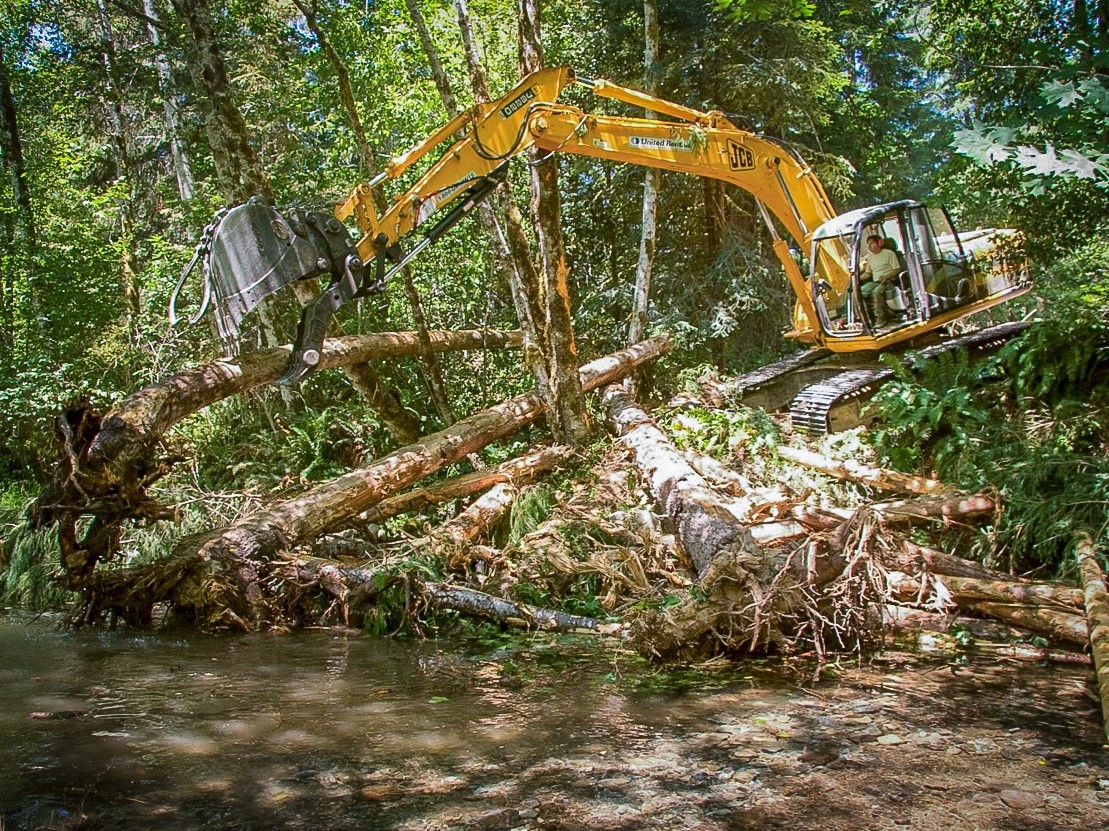
Riparian Restoration
Asset Type : Natural
Water Classification:
Source Water Protection
Source Water Recharge
Source Water Protection
Source Water Recharge
Construction Rank :
3
O&M Rank :
2
How it Works : Riparian restoration is the reestablishment of riparian function through repairing the diversity and dynamics of indigenous ecosystems. Riparian restoration is usually needed after the environment has been degraded due to human activity.
O&M Required : Because floodplain soils are very rich, they are easy targets for weeds. Weeds can easily replace or displace native vegetation and they are not quality habitat for most wildlife. Any type of riparian restoration will require the removal of non-native invasive weeds each spring. This can be done by spot-spraying. If cottonwood and willows take hold or beaver activity occurs, restored riparian areas will have to be monitored for drainage alteration due to sediment build up. It is important to prevent sediment build up because it can cause the water to pool in certain areas creating habitat for fish stranding and mosquito breeding. The maintenance to solve this will involve removing debris and sediment trapping vegetation. Finally mowing of the area should occur in the spring and summer to help native grasses dominate the area. Maintenance activities will vary depending on where the riparian restoration is occurring and the climate but moving, spraying and sediment removal are the most common maintenance activities.
Design Considerations : A field assessment is necessary to identify outside influences that contribute to the riparian ecosystems health or infirmity. A site survey should also be conducted to detail the topography, drainage, vegetation, hydrology, weather and wildlife of the area. The team can also look at historical records (aerial photographs, climate data, land use patterns etc.) of the site to help determine the best way to restore the natural environment. It is always best to use native vegetation for restoration and it is also useful to fence off the area. It is helpful to have a landscape contractor on the design team, require ecological monitoring during the construction phase and even have the restoration planners involved in the construction phase.
Costs : Cost will vary widely based on the extend of the restoration, the size of the area, access to the area (determines equipment needed), intensity of the stream, type of vegetation, if fencing is required, if there is any heavy equipment required, labor, how often the area must be weeded, mowed and monitored (maintenance activities). Other costs may include land acquisition, planning, permitting and engineering. Overall, riparian restoration can be very expensive. One article cited typical stream and riparian zone restoration costing between $129,135 to $354,593 per river mile (Brian Bair, USDA Forest Service).
Benefits : The benefits of riparian restoration include new habitat, education in erosion, increased soil infiltration, groundwater recharge and enhanced biodiversity.
References:
Image by: Redwood National and State Park's Photostream via https://www.flickr.com/photos/redwoodnps/47973707922